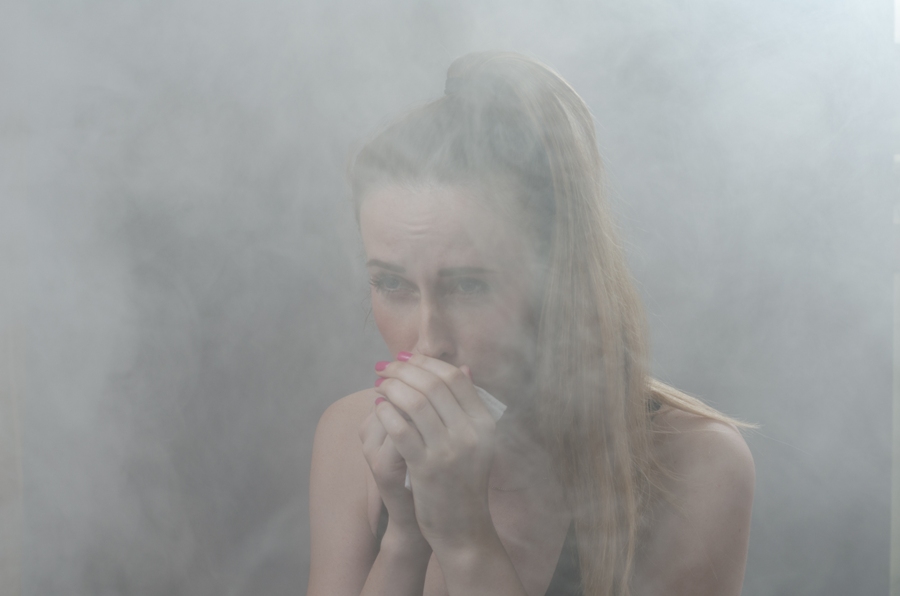Carbon monoxide exists just about anywhere. It is a type of gas that you are unable to smell or taste and yet, it is well-known for its various harmful effects. It can even silently lead towards an untimely death. Therefore, everyone can be at risk when it comes to carbon monoxide poisoning.
Carbon monoxide is emitted from fumes that come from an incomplete burning of natural gas and any carbon materials such as gasoline, propane, coal, and wood. The most common sources of carbon monoxide include malfunctioning exhaust systems, grills, stove, furnaces, and motor engine, to name a few.
How Carbon Monoxide Poisoning Occurs
The “silent” poisoning happens when a person breathes in too much carbon monoxide and deprives the vital organs of oxygen. Early symptoms can easily be mistaken for flu, as they are quite the same.
Nausea, headache, and fatigue are some notable symptoms. Upon prolonged exposure to carbon monoxide, fainting spells, tightness in the chest, and erratic breathing rhythm will become more frequent.
Immediate Action is Needed!
As soon as the source of carbon monoxide exposure is determined, move people away from it to allow room for fresh air. Due to the vagueness of its symptoms, it is advisable to go to the emergency department of the nearest hospital immediately and seek medical assistance. Another warning sign to consider is having several people in the same household with the same symptoms including pets. When this happens, call 911 immediately.
Carbon monoxide poisoning can be treated with high-dose oxygen, usually with the use of a face mask that is attached to the oxygen tank. Periodic blood test may then determine the carbon monoxide level until it becomes low and safe for the patient to come home.
Preventing Carbon Monoxide Poisoning
Here are some recommendations that you can do to help prevent a build-up exposure to carbon monoxide.
- Have your heating system inspected by a professional technician annually.
- Ensure that your gas, oil, propane, and coal-burning appliances are strategically placed in a well-ventilated area. Do not use gasoline-powered equipment in poorly-ventilated areas. It is best to install an effective ventilation system in your cooking area and in other parts of the house where you most likely use equipment that emits carbon monoxide.
- Do not use a charcoal-burning cooking stove indoors.
- Consider switching to electricity or battery-operated tools.
- Regularly check cooking appliances to make sure they are in good working condition.
- Have a mechanic check the exhaust system of your vehicle at least twice a year. Please keep in mind that a small leak in the exhaust system can lead to carbon monoxide build up and contain your exposure inside the vehicle.
A heating and cooling expert can help ensure the fine quality of air inside your home. Contact your trusted expert for a quick inspection your interior.
Written by the staff of Controlled Aire Heating and Cooling in Moberly, MO.

